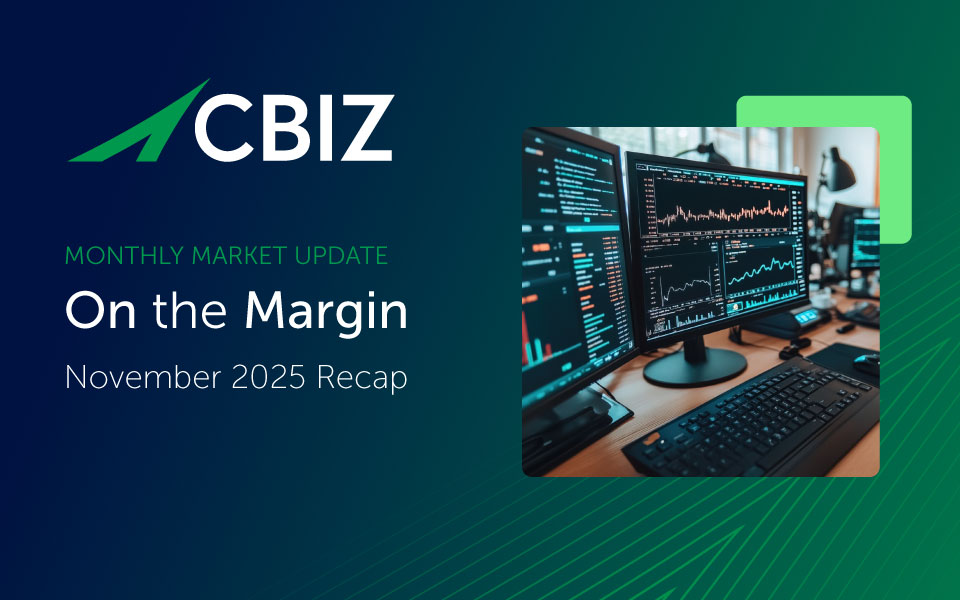Trade secrets sit at the heart of competitive advantage for many organizations. For example, consider proprietary algorithms in life sciences, formulation expertise in consumer products, unique manufacturing processes, or the software code that powers a platform. Unlike patents, trade secrets work by not telling the world how you do what you do. That difference has legal and economic consequences when something goes wrong.
Over the last decade, companies have increasingly used federal courts for trade secret disputes, offering a more consistent venue for larger, multi-state enterprises. That trend has practical implications for how damages are framed and proven, as well as when to bring in specialists who can quantify economic harm or unjust gain with rigor.
Why More Cases are Landing in Federal Court
Historically, trade secret claims have primarily resided in state courts, where standards and procedures have varied. Today, federal venue offers a more uniform path for companies operating across jurisdictions. For in-house counsel and outside litigators, this often means tighter timelines, broader discovery reach, and more predictable case management, which are advantages that matter when IP economic value and legal protection are at stake.
Damages: It’s Not Just “What We Lost”
Patent cases typically center on lost profits or a royalty. Trade secret cases can be more flexible. In addition to the plaintiff’s loss, courts may consider the defendant’s gain, which is often framed as unjust enrichment or disgorgement. Depending on the facts, those streams can be additive if they don’t overlap, which can materially increase the assessment of a reliable economic damages claim.
When neither a clean loss nor a clean gain model fits the evidence, courts have also accepted reasonable royalty approaches in trade secret matters. That provides an alternative structured way to value the misuse of the protected information, especially when markets are nascent or the misuse hasn’t fully ripened into measurable sales.
What This Means in Practice
In practical terms, damages usually fall into three defensible buckets:
- Plaintiff’s loss: foregone sales, price erosion, or increased costs tied to the theft.
- Defendant’s gain: acceleration to market, avoided R&D, margin capture, or market entry that would not have occurred but for the misappropriation.
- Reasonable royalty: a defensible “license-to-use” value when other methods are impractical or evidence is thin.
Every case is a story driven by its facts. Done well, the analysis is not plug-and-play; it’s forensic, industry-specific, and tied to how the trade secret actually creates economic value.
A Common Fact Pattern: Code That Walks
One “garden-variety” scenario: a smaller software firm sells its product to a larger company; later, key talent from the larger company spins out and a competing product emerges. Forensics can compare repositories and behavior to identify distinctive patterns or overlaps in the code base. When “breadcrumbs” appear across hundreds of thousands of lines, that technical evidence can support liability theories and refine the damages model, enabling faster time-to-market, reduced development costs, and capturing customers more quickly than a clean-room effort would have allowed.
Timing is Everything
Not all thefts show immediate economic harm. In capital-intensive industries — such as specialized vessels, complex equipment, or regulated technologies — the value may not materialize until years later, after financing, build-out, and market entry. That lag complicates discovery: the most probative evidence of gain may sit with the alleged wrongdoer’s pipeline, bids, cost structure, and profitability well after the misappropriation. Getting the correct information early matters.
Proactive vs. Reactive: Where Experts Help
Whether you’re shoring up defenses or responding to a breach, the playbook changes. Here’s how experts add value before anything goes wrong (and after):
Proactive (before a problem):
- Valuation hygiene: understanding how your trade secrets create value and how that value would be recognized in a transaction (e.g., purchase price allocation separating technology, customer relationships, and other intangibles).
- Readiness for discovery: mapping what you’d need to prove loss or gain, where that data lives, and how to preserve it.
- Governance alignment: collaborating with counsel to ensure policies, access controls, and documentation support the “secrecy” element if litigation ever arises.
Reactive (after a problem):
- Discovery framing: identifying the evidence that shows acceleration, avoided costs, or market capture by the defendant, and the evidence that ties your losses to the misuse.
- Damages modeling: building (and pressure-testing) plaintiff’s loss, defendant’s gain, and reasonable royalty approaches; avoiding overlap; and tracing causation with business-reality guardrails.
- Tech + economics integration: pairing source code or process forensics with financial analysis so the liability theory and valuation story lock together.
What Sets a Strong Damages Effort Apart
What separates a credible model from a fragile one isn’t just math; it’s scale, method, and the ability to explain it plainly.
- Comfort at scale: teams who’ve lived “mega-case” timelines, data volumes, and scrutiny.
- Forensic depth: the ability to tie technical evidence (e.g., code or process signatures) to the economics.
- Case-law literacy: familiarity with accepted methods and where courts have drawn lines on overlap, causation, and royalty logic.
- Story discipline: a clear, fact-driven explanation that educates a trier of fact without overreaching.
How CBIZ Forensic Consulting Group Can Help
We combine forensic technology, valuation, and economic damages analytical expertise to help companies and their counsel quantify loss, test unjust enrichment, and, where appropriate, structure reasonable-royalty frameworks. We’ve supported matters ranging from high-stakes technology disputes to targeted claims where speed and clarity are paramount.
If you’re evaluating a potential claim, scoping discovery, or want to stress-test a damages theory, our team can help you build a credible, defensible model from day one. Contact us today.
© Copyright CBIZ, Inc. All rights reserved. Use of the material contained herein without the express written consent of the firms is prohibited by law. This publication is distributed with the understanding that CBIZ is not rendering legal, accounting or other professional advice. The reader is advised to contact a tax professional prior to taking any action based upon this information. CBIZ assumes no liability whatsoever in connection with the use of this information and assumes no obligation to inform the reader of any changes in tax laws or other factors that could affect the information contained herein. Material contained in this publication is informational and promotional in nature and not intended to be specific financial, tax or consulting advice. Readers are advised to seek professional consultation regarding circumstances affecting their organization.
“CBIZ” is the brand name under which CBIZ CPAs P.C. and CBIZ, Inc. and its subsidiaries, including CBIZ Advisors, LLC, provide professional services. CBIZ CPAs P.C. and CBIZ, Inc. (and its subsidiaries) practice as an alternative practice structure in accordance with the AICPA Code of Professional Conduct and applicable law, regulations, and professional standards. CBIZ CPAs P.C. is a licensed independent CPA firm that provides attest services to its clients. CBIZ, Inc. and its subsidiary entities provide tax, advisory, and consulting services to their clients. CBIZ, Inc. and its subsidiary entities are not licensed CPA firms and, therefore, cannot provide attest services.















